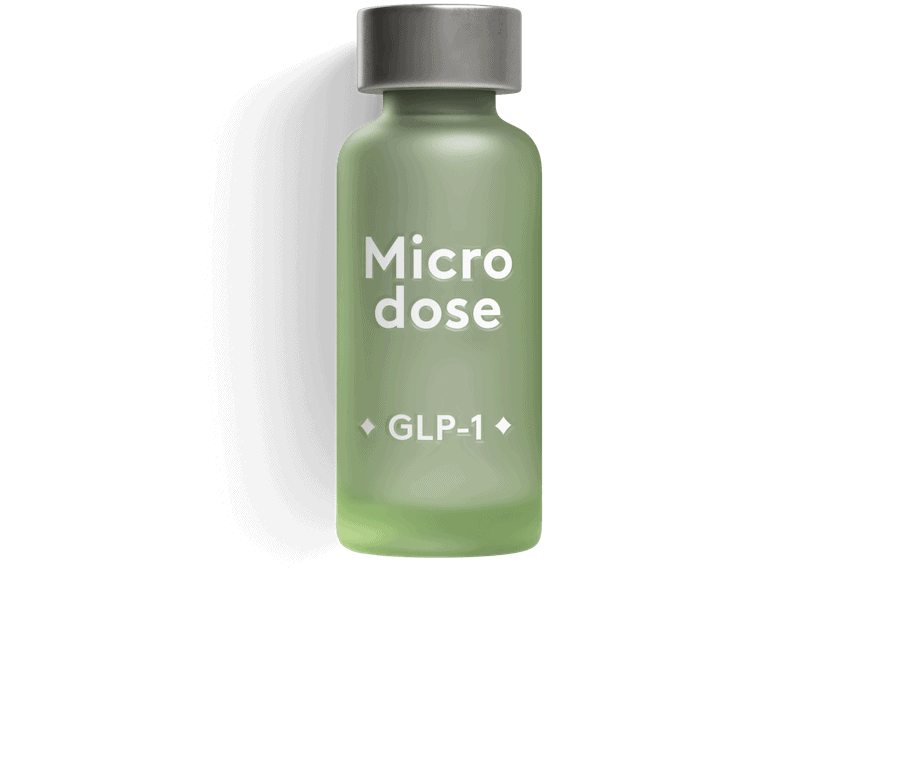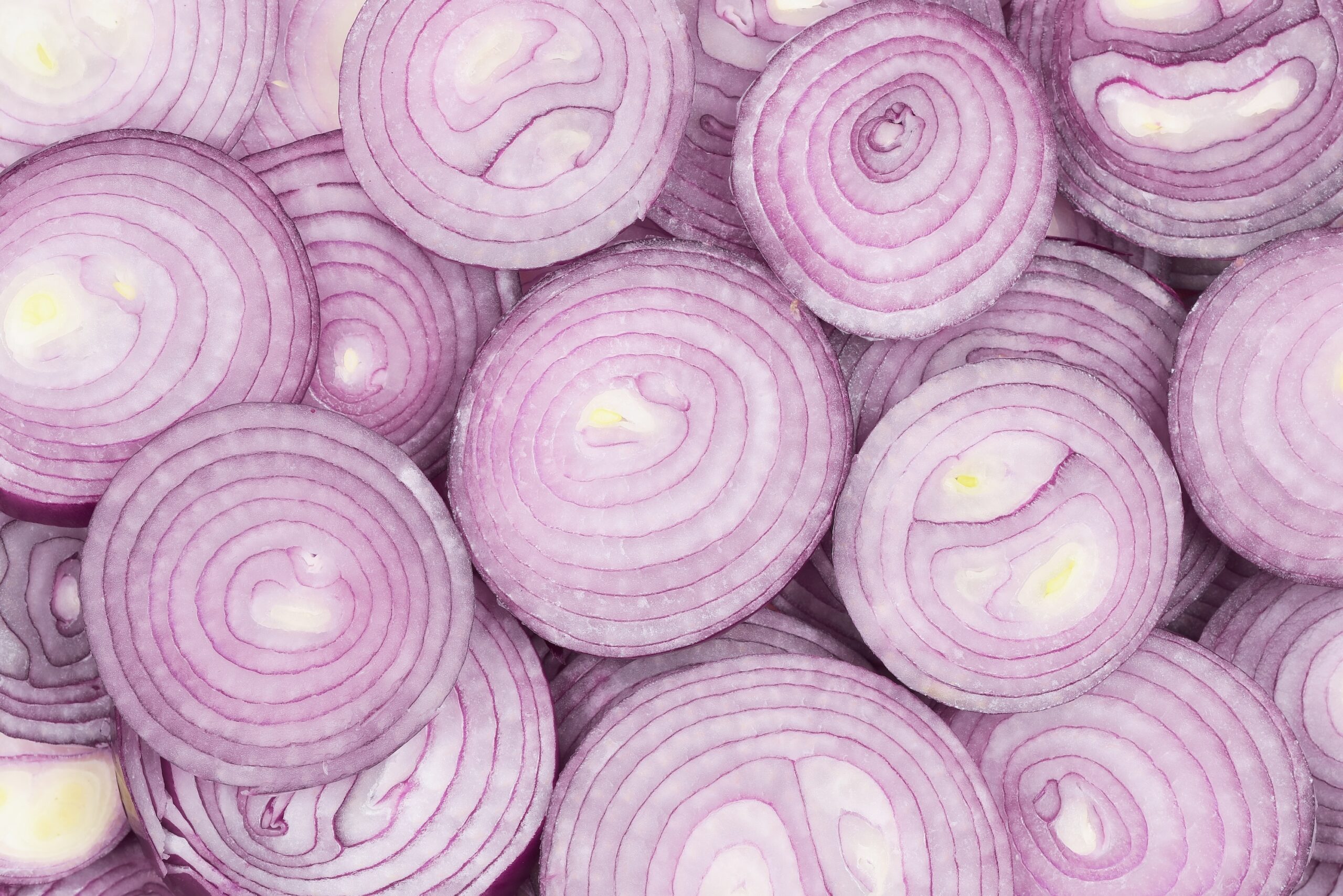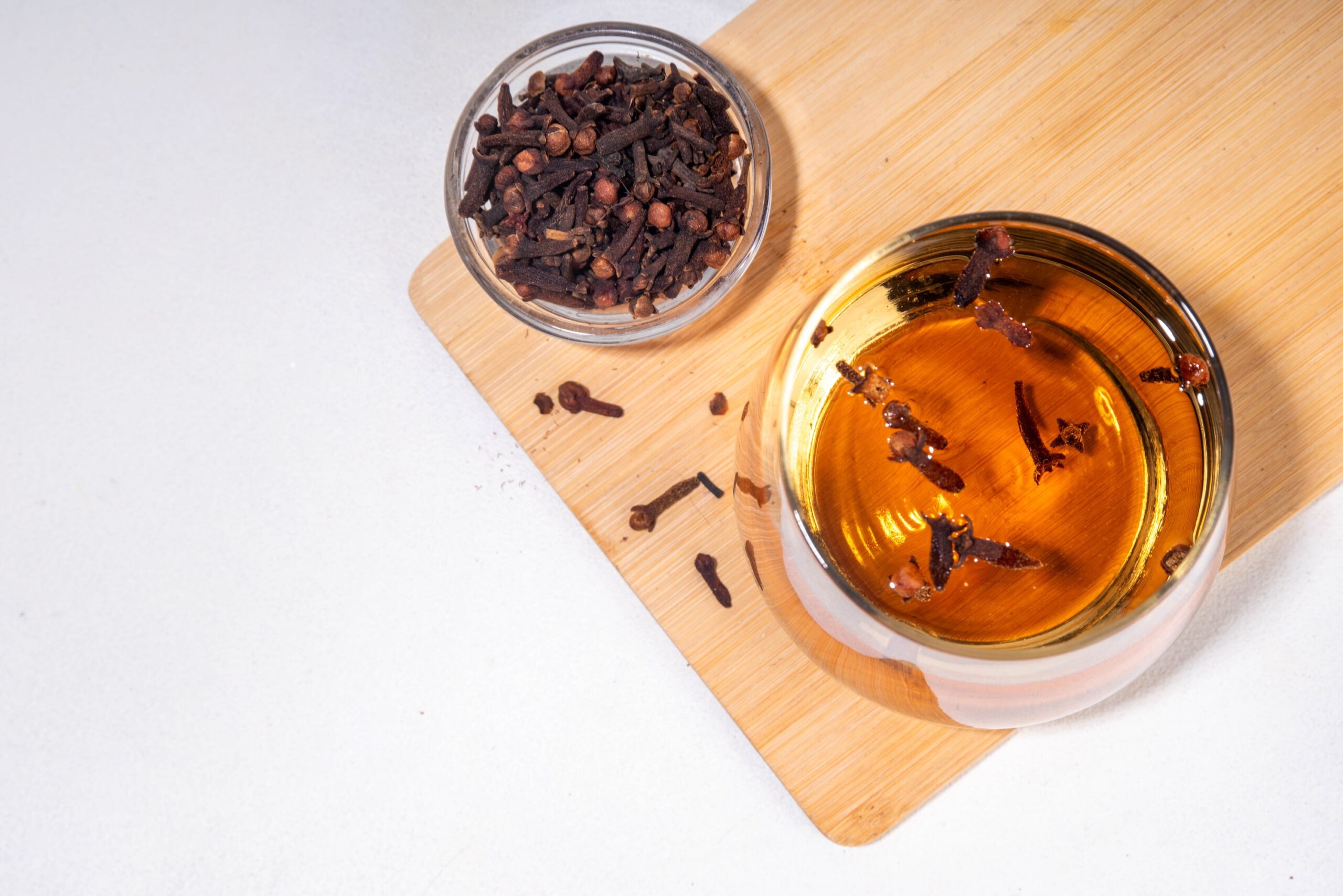GLP-1s have completely changed how doctors are managing obesity. And they’ve changed so many lives as well. But they haven’t been around for very long, so we don’t have a wealth of history to draw on. If you’re currently on a GLP-1, or considering taking one, you might be wondering … “Are GLP-1s forever?”
The facts about GLP-1s
Around three-quarters of Americans live with excess weight, which can come with a host of health risks. That’s why 160 million US adults want to lose weight to reduce their risk of chronic disease and live better.
Luckily, in the past few years, we’ve seen an avalanche of new advances in obesity medicine and weight loss science. The landscape has been transformed by a new group of medications called GLP-1s, which can treat type 2 diabetes and obesity. You’ve likely heard a lot about these drugs, like semaglutide or tirzepatide, already, under brand names like Ozempic, Wegovy or Mounjaro.
Research has shown that some people can lose up to 15% of their body weight through using a GLP-1. This is significant, since reducing body weight by even just 5-10% can usually help improve people’s health and well-being.
How long do people take GLP-1s?
Like we said, these medications are (relatively) new in the weight loss space. And while they’ve skyrocketed in popularity due to their effectiveness, there’s still a lot we don’t know.
And here’s one of the biggest questions… “Do you have to take them forever?”
So here’s what we do know … The drugs were originally intended to be long-term solutions to obesity and type 2 diabetes. And some people will take them for the rest of their lives. But other people can’t or don’t want to take them forever. That’s totally understandable.
Whether you’ve hit your target weight, are experiencing serious side effects, or you just want to discontinue your GLP-1 because you don’t feel like it’s a fit anymore, rest assured that there are ways to stop GLP-1s without losing all your progress.
Rx weight loss, the right way, with Noom
Get access to prescription weight loss medication with Noom.What happens when you stop a GLP-1?
First, it’s important to know that stopping medications quickly can have consequences for some people. If needed, a clinician can create a tapering schedule you can follow to minimize any concerns.
As you taper off, you might experience changes in your blood sugar and an increase in appetite. Increased appetite, if unchecked and not managed carefully, can lead to weight regain.
How to stay off a GLP-1
Here’s the good news: Long term weight loss is possible. In fact, a project called the National Weight Control Registry (NWCR) has been keeping tabs on how people have maintained long term weight loss since the ‘90s.
The cornerstones of healthy behaviors — like nutrition, exercise, stress management, and sleep — are all essential to achieve outcomes, while you’re on GLP-1s and after you’ve stopped taking them. Drugs alone can’t rewire the brain’s craving pathways, or fix insulin resistance. Getting off those drugs also won’t mean that you’re going to gain the weight back.
Here are some tips on maintaining your weight even as you remove GLP-1s from your treatment plan.
- Work with the right clinician.
If you’re trying to get off a GLP-1, make sure you’re working with a clinician that has extensive expertise in treating patients with obesity — and who is willing to consider all the possible causes and contributing factors.
GLP-1s are typically just pieces in a puzzle, and there are other interventions that can help you maintain weight loss if you stop taking a GLP-1. You want to make sure you’re working with someone who understands that.
- Eat a balanced diet.
At NOOM, our jam is helping you build healthy eating habits. These are essential to maintaining long-term weight loss. Focus on getting plenty of quality protein and vegetables.
To lose weight, you want to also make sure you’re taking in less calories than you’re burning (i.e. be in a caloric deficit). To maintain your weight, you should determine your maintenance calories — i.e. the number of calories you should be eating per day to maintain your current weight.
- Move daily.
Every week, adults should be getting around 150-minutes of moderate-intense physical activity and 2 days of muscle strengthening activity, according to the Centers for Disease Control and Prevention (CDC).
While this might seem like a lot of activity, you can squeeze it in throughout your day in bits and pieces especially if you have a hectic schedule. For instance, participants in the NWCR who kept their weight off actually increased their steps each day after transitioning off weight loss medication.
- Stay hydrated.
Drinking plenty of water during the day can help aid weight loss and maintenance. Why? Well, it can help suppress your appetite, fight fatigue, and make exercise more enjoyable. While there are no magic number of glasses of water you should drink in a day, there are some rough recommendations.
The National Academies of Sciences, Engineering, and Medicine, or NASEM, recommends women get around 91 ounces of water per day and men get around 125 ounces. If you’re having trouble increasing your water intake, try adding a slice of fruit, investing in a large water bottle or having a water drinking competition with a friend. Each of these techniques can make it easier to drink more water throughout the day. And pro tip … eating foods rich in water counts! So stock up on your melons and such.
- Know your triggers.
Whether it’s stress, vacation or the holidays, it’s important to understand the triggers that might cause a shift in any healthy behaviors you establish. NOOM can provide you with different psychological tools that can help during these moments. Checking in frequently with your doctor can help with accountability, too.
- Seek out social support.
Social support can be an incredible asset if you’re trying to maintain your weight or lose weight after stopping a GLP-1. One study showed that women who received support from family and friends during a weight loss journey were more likely to lose weight than those that didn’t.
Find your cheerleaders and remember that we at NOOM are also cheering you on.
Note: GLP-1s, like Ozempic and Mounjaro, are not FDA approved to treat obesity or for weight loss.
Why you can trust us
At Noom, we’re committed to providing health information that’s grounded in reliable science and expert review. Our content is created with the support of qualified professionals and based on well-established research from trusted medical and scientific organizations. Learn more about the experts behind our content on our Health Expert Team page.











 Noom Team
Noom Team

 Meaghan Cameron
Meaghan Cameron


 Shoshana Fishbein
Shoshana Fishbein